The Wild North
6.8 /10 1 Votes
Music director Bronislaw Kaper Duration Country United States | 6.6/10 IMDb Cinematography Robert Surtees Language English | |||||||||||||||||||||||||||||||||
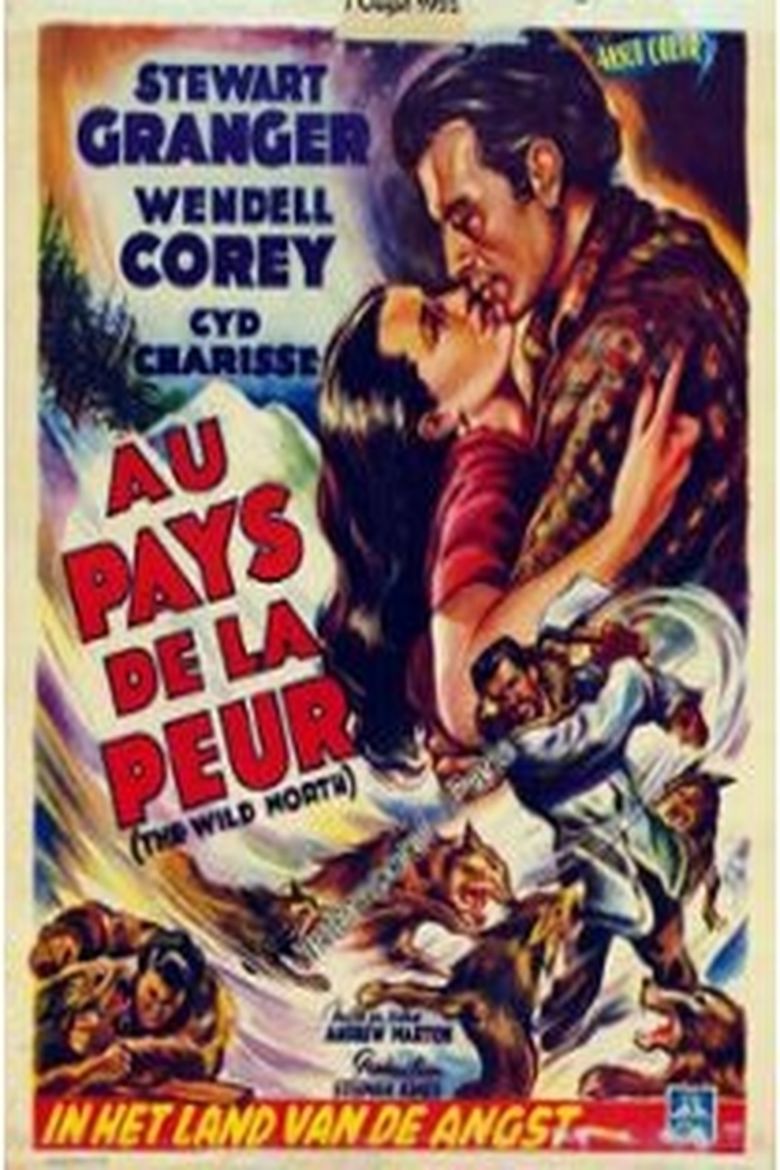 | ||||||||||||||||||||||||||||||||||
Release date 1952 (1952) Cast (Jules Vincent), (Constable Pedley), (Indian girl), (Father Simon), J.M. Kerrigan Similar movies The Scalphunters , Across the Wide Missouri , The Last Frontier , Man in the Wilderness , Many Rivers To Cross , Eagle's Wing Tagline M-G-M's BIG Drama of Primitive Love! | ||||||||||||||||||||||||||||||||||
The Wild North (aka The Big North, Constable Pedley, The Constable Pedley Story, The Wild North Country and North Country) is a 1952 American western film. It was the first Ansco Color film shot. The Wild North was directed by Andrew Marton and stars Stewart Granger, Wendell Corey and Cyd Charisse.
Contents
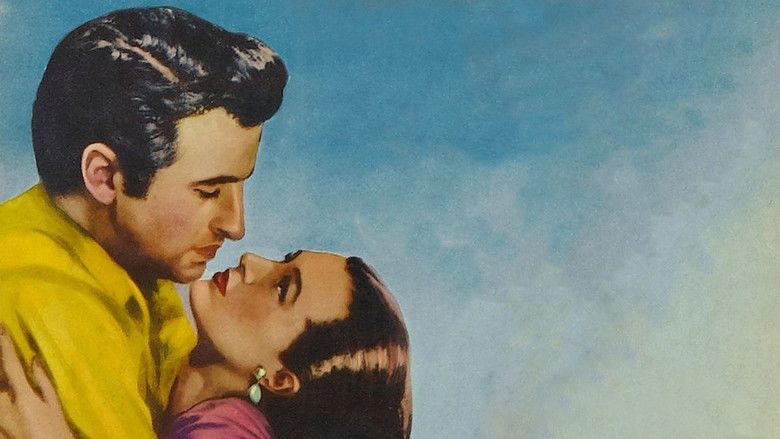
Plot
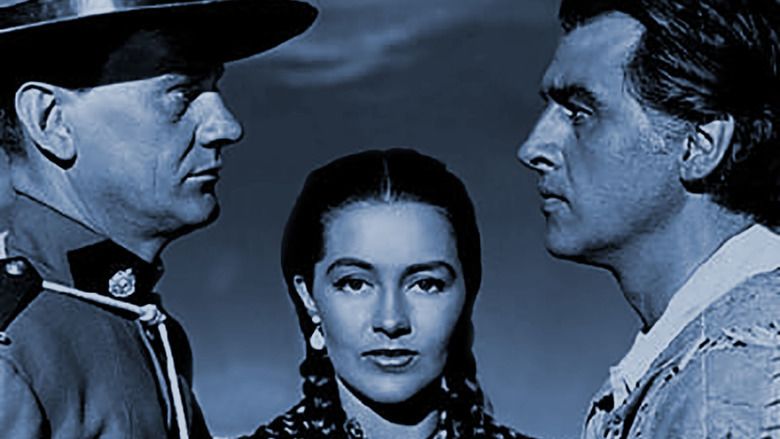
Jules Vincent, a French-Canadian trapper (Stewart Granger), while in a northern Canadian town, helps an attractive Indian singer (Cyd Charisse), fend off unwanted attentions of a drunken Max Brody (Howard Petrie). The next day, Vincent sets off by canoe into the Canadian wilderness, taking the Indian girl up north to her tribe, now accompanied by a contrite Brody.
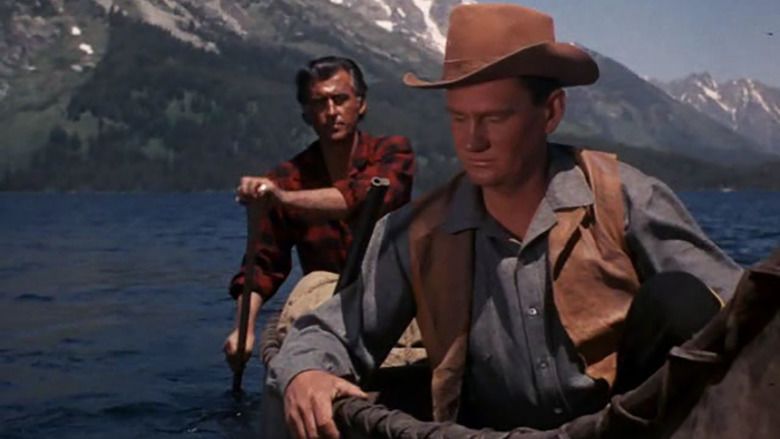
When the group arrives at her Chippewa village, Vincent tells the chief (John War Eagle), after Brody had acted recklessly on the rapids that he wanted to send him a warning, shooting into the air but accidentally killing Brody when the canoe pitched wildly. Frightened by the prospect of arrest, Vincent heads into the wilderness. After Royal Canadian Mounted Police (RCMP) Constable Pedley (Wendell Corey) arrives at the village on another matter, he learns about Brody's death.
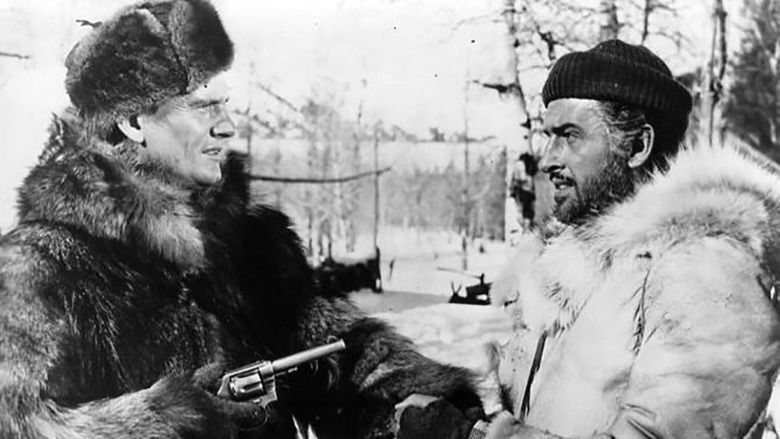
Pedley finds Vincent's cabin where the Indian girl tells him that Vincent is not a murderer. The RCMP Constable, however, is determined to bring Vincent in, saying running away makes the trapper look guilty.
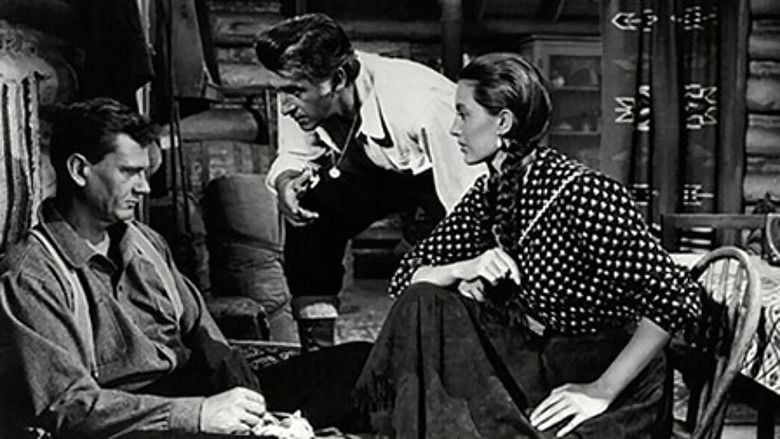
While on his trapline, Vincent finds a half-frozen Father Simon (Morgan Farley) who had gone into the wilderness, to try to persuade the trapper to turn himself in. As Father Simon pleads with Vincent, Pedley arrives to hear the dying priest's last words. Despite Vincent's warnings that the weather will turn worse, Pedley takes Vincent into custody and starts a long trek back to the RCMP station.
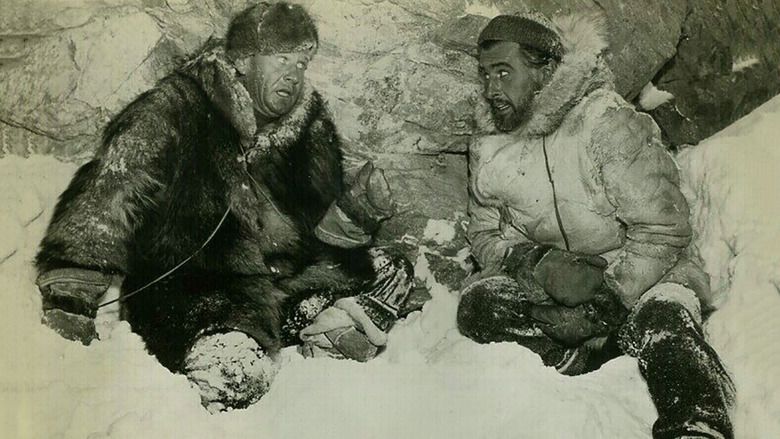
The treacherous trip back puts both men in peril as two other trappers, Ruger (Ray Teal) and Sloan (Clancy Cooper) menace them. Facing harrowing conditions and the attack of wolves, the unlikely bond that forms between the trapper and the constable allows both to survive.
Production
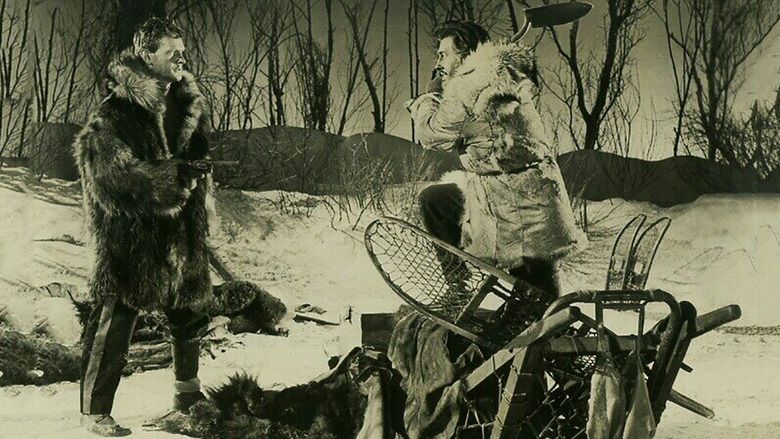
The Wild North was known at one stage by the working titles, "Constable Pedley", "The Wild North Country" and "North Country". The film was based on the true story of Mountie Constable Arthur Pedley, who in 1904 was assigned to find a lost missionary in northern Alberta. He managed to succeed despite great difficulty.
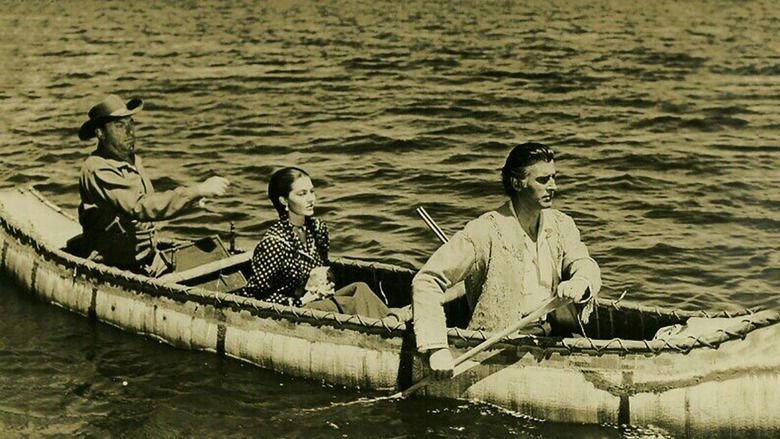
Location filming started in Idaho in March 1951 with Granger and Corey. Filming was then halted to enable Granger to make The Light Touch (1951). Filming was scheduled to resume in July in Chipewyan, Alberta, Canada, where the actual events in Pedley's story had taken place. Due to inclement weather in Canada, filming was completed in the United States.
The Wild North was shot in a new colour process. John Arnold, MGM's executive director of photography, and John Nicholaus, head of the studio's film laboratory, worked with Ansco for 10 years to develop the new process. It had several advantages, being able to be used in standard black and white cameras and "... processed in the studio laboratory with essentially the same facility as black and white film ... [making] possible many time-saving steps in the handling, development and screening of daily rushes. An additional advantage noted in American Cinematographer was that the film was particularly good for 'day-for-night' shooting, which was used significantly in 'The Wild North'."
Reception
The Wild North was critically reviewed by Bosley Crowther for The New York Times. He said, "... the picture is not of a consistent piece, either in its narration nor in its photography. There are high points and dismally low points in its generally pulp-fiction tale of how an amiable French Canadian woodsman brings in a Mountie who was sent to bring him in. The high points are reached in a sequence showing a battle of the two men with wolves and in another recording their transit of a boiling rapids in a bobbing canoe. The low points are touched when they are struggling through the obvious studio snow."
The Wild North earned an estimated $2 million at the North American box office in 1952. MGM records puts this figure at $2,111,000 with earnings of $1,896,000 elsewhere, leading to a profit of $806,000. In France, the film recorded admissions of 1,746,799.
References
The Wild North WikipediaThe Wild North IMDb The Wild North themoviedb.org
